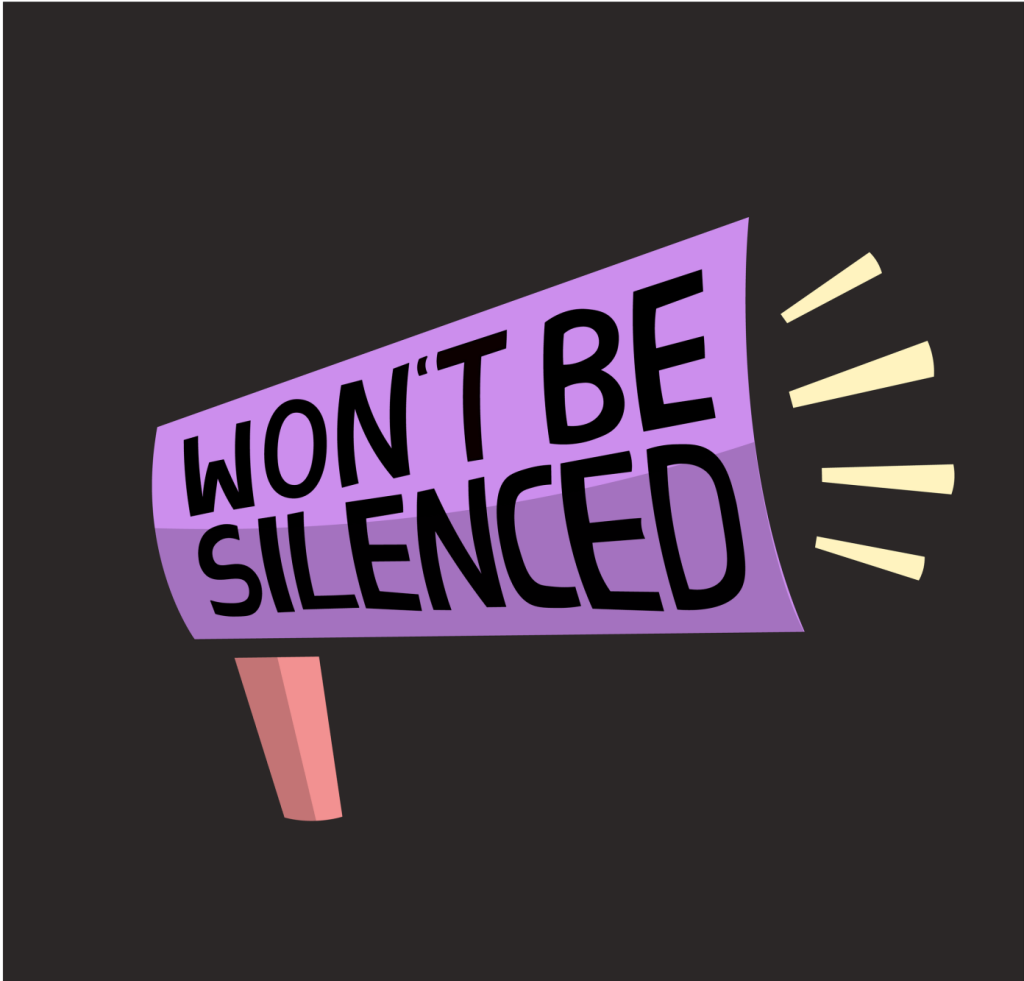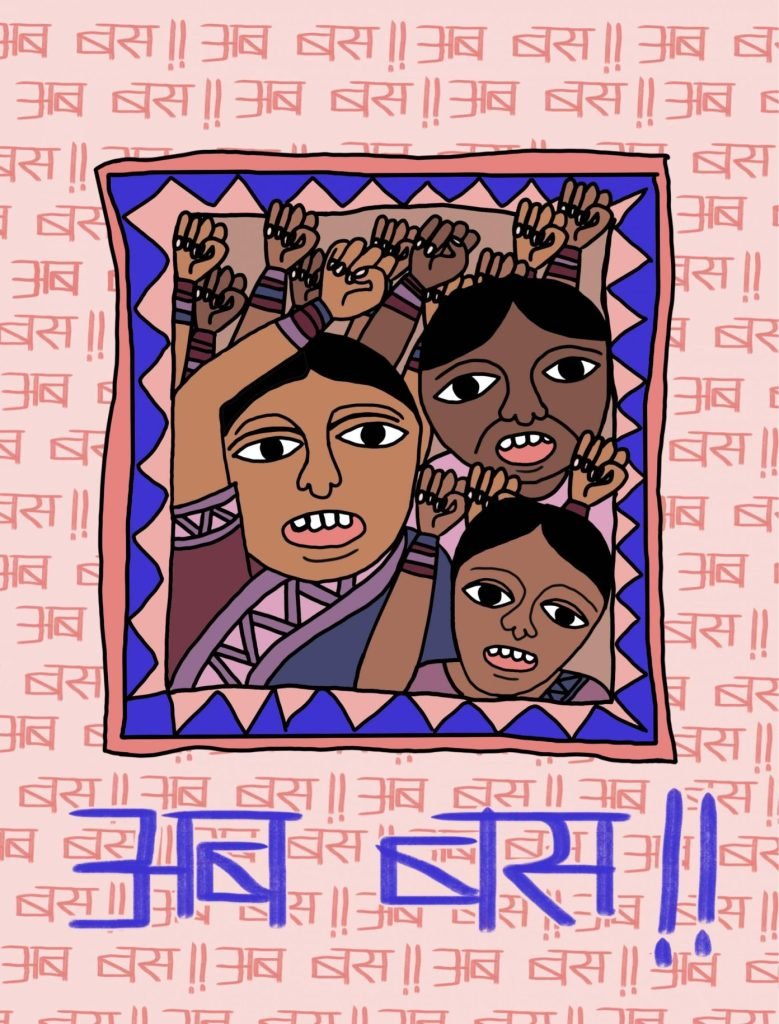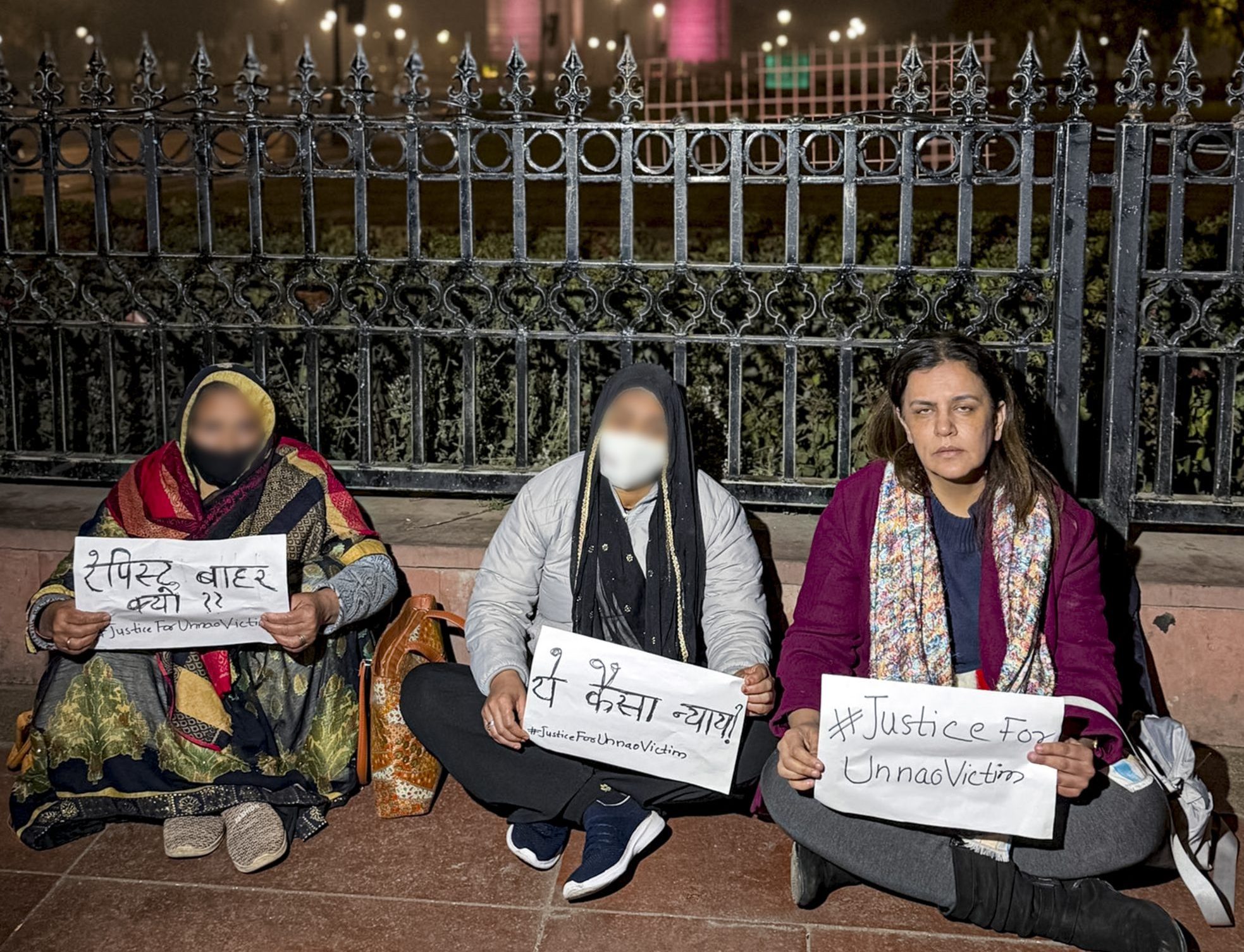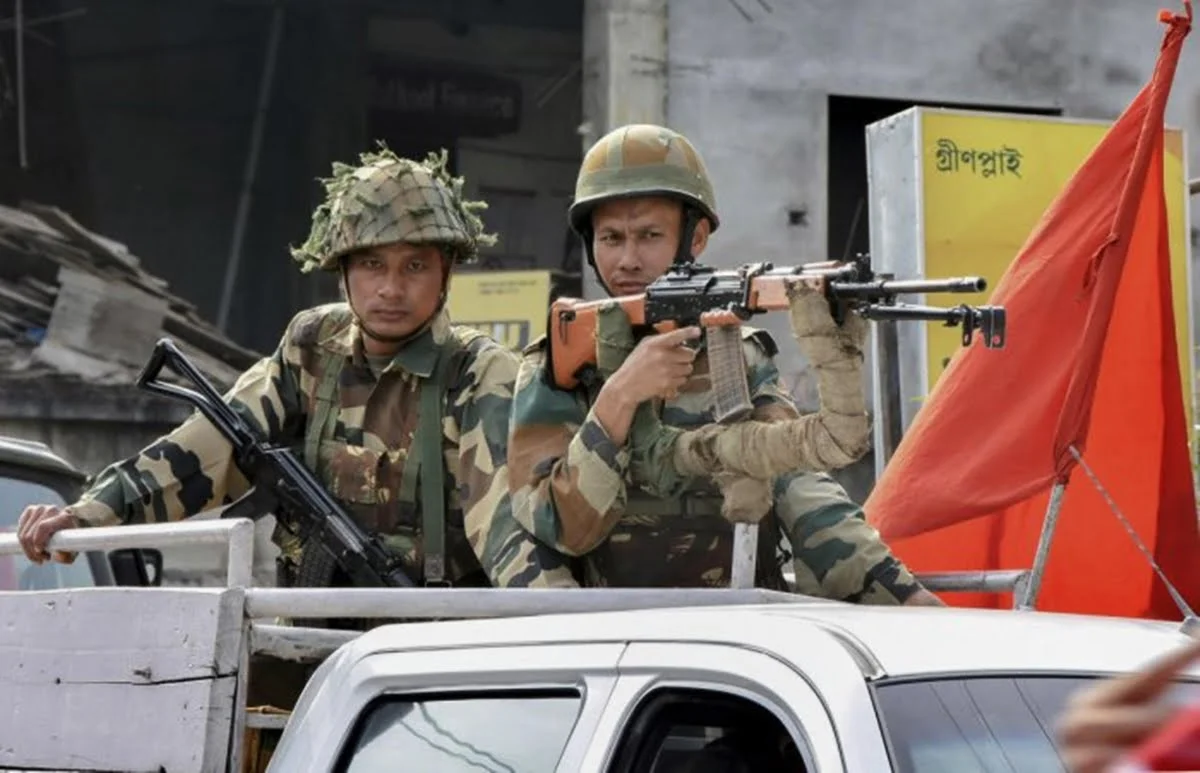Institutional understanding of sexual violence is often informed by patriarchy and misogyny. Courts, police and lawmakers are all prone to this bias. The institutionalisation of such patriarchal notions about sexual violence and victimhood not only greatly harms women who face sexual violence, but renders invisible other victims.
Sexual violence, undoubtedly, disproportionately affects women. An overwhelming majority of the survivors are women and most of this violence is perpetrated by men. Sexual violence committed against women is, unquestioningly a form of gender-based violence influenced by gender dynamics and power differentials that disfavour women. However, while women are predominantly affected, people of all genders can experience sexual violence. It is thus essential for institutions and policy-makers to create legal provisions for survivors, regardless of gender. While some – albeit limited and imperfect – legal protections existed in India for male and transgender survivors, with the BNS replacing the IPC, these legal protections have also been taken away.
BNS lacks legal protections against rape for men and trans persons
The Bharatiya Nyaya Sanhita (BNS) is the new criminal code that took effect on July 1, 2024, replacing the colonial-era Indian Penal Code. The new code only has 358 sections, as opposed to the 511 of the IPC. A glaring omission is a substitution of provisions in the IPC’s Section 377. The Section dealt with ‘intercourse against the order of nature.’ Since Sections 375 and 376 of the IPC addressing rape were not gender-inclusive and could only be applied to sexual violence committed by men against women, Section 377 afforded legal protections against sexual violence to all others.

Originally, Section 377 criminalised consensual same-sex relationships, but in Navtej Johar v. Union of India, the Supreme Court read down Section 377 to only apply to non-consensual sexual acts and bestiality. The Section, until the implementation of the BNS, continued to provide men, transgender people, and queer people protection against sexual violence. While inadequate in many ways, Section 377 at least provided some protections, especially to marginalised gender and sexual minorities, no longer exists starting July 1, 2024.
The Hindu reported a senior government official saying the BNS may be amended to incorporate a section about sexual violence against men and transgender people and until then charges of wrongful confinement or physical hurt might be applied to such complaints. Even if an amendment adding such a section will be made sometime in the future, in the meantime, cases of sexual violence cannot be dealt with appropriately and survivors will be unable to seek justice.
Erasure of male and trans sexual violence survivors
The erasure of sexual violence against men is a consequence of patriarchy. Not just the invisibilisation of sexual violence against men in popular discourse but in a legal and institutional sense, too. Patriarchal notions of sexual violence are erroneous and rife with misogyny. This incorrect understanding considers sexual violence to be a ‘sex crime,’ devoid of components of power, control, and the politics of gender. This permeates into the social, legal, and institutional understanding of the issue, too, thereby making sexual violence severely misunderstood in popular perception.
The erasure of sexual violence against men and the systematic failure to provide survivors with community and legal support is a patriarchal by-product.
In popular discourse and mainstream discussions, mentions of sexual violence faced by men are only evoked to detract from conversations about the prevalence and severity of sexual violence faced by women. Instead of recognising how oppressive patriarchal frameworks feed social stigma and institutional apathy, men’s rights activists often focus their efforts on seeking to reduce legal protections for women by falsely claiming all laws favour women and the judiciary is biased towards them.
Toxic ideas about masculinity, limiting notions of men’s sexuality, and oppressive gender roles that the patriarchy propagates become the reason male sexual violence survivors find no social, legal, or institutional support. The erasure of sexual violence against men and the systematic failure to provide survivors with community and legal support is a patriarchal by-product.

Transgender people are also left without any legal protections against sexual violence in the BNS. While Transgender people are afforded some legal protections against it in the Transgender Persons (Protection of Rights) Act of 2019, the punitive measures prescribed in the act allude to the discrepancy between the seriousness with which sexual violence committed against transgender people and cis women is viewed. Sexual assault committed against transgender people, according to provisions of the Act, carries a prison term of six months to two years. In contrast, provisions in the BNS penalising sexual assault against cis women carry a prison term of at least ten years, extending to life imprisonment.
Transgender people face elevated levels of violence but have little to no legal recourse against it. A 2015 survey by the National AIDS Control Organisation found that, of those surveyed, a fifth had been subjected to sexual violence in the preceding 12 months. Another report published that same year for the Kerala government, found that sixty per cent of trans respondents had been subjected to some form of sexual violence.
In NALSA v. Union of India, acknowledging the prevalence of sexual violence committed against transgender people, the verdict held, “Sexual assault, including molestation, rape, forced anal and oral sex, gang rape and stripping is being committed [against transgender people] with impunity and there are reliable statistics and materials to support such activities.” Despite this, the state of legal protections against sexual violence available to transgender and queer people are abysmal.
Gender inclusivity, not gender neutrality
The BNS lacking provisions to protect survivors of sexual violence across the gender spectrum is a step back. Without first remedying and expanding institutional understanding of sexual violence to evolve beyond oppressive patriarchal frameworks, meaningful legal amends or changes in socio-cultural perception are beyond reach.

Instituting laws recognising survivors of sexual violence despite gender is not to say access to these laws will be easy or even. If gender-inclusive laws were to be instituted, male, transgender, and other queer survivors would still face an uphill challenge in having any meaningful access to legal remedies due to judicial and police apathy and social stigma and taboos. Transgender and queer people would additionally face increased barriers to access due to transphobia and homophobia.
Even women face immense barriers to accessing legal justice despite the existence of statutory laws against sexual violence. But gender-inclusive laws, at least ones that recognise victims across the gender spectrum, if not perpetrators, are a meaningful starting point for further legal reforms, social change, and community education. The Protection of Children from Sexual Offences Act, which deals with sexual violence against children under the age of 18, for instance, is one such gender-inclusive law that protects children of all gender identities.
But calls for gender inclusivity aren’t a call for gender neutrality. Cases of sexual violence cannot and should not be viewed through a gender-neutral lens. Divorcing sexual violence against women from gender politics and deeply entrenched power differentials that have historically disadvantaged women would impede women’s access to justice. Gender and power imbalances have to be considered when investigating and trying cases of sexual violence.
Gender neutrality should exist in affording protections against sexual violence to all victims, but this gender neutrality cannot carry to police investigations and trials because sexual violence against women – and even transgender people – is a form of gender-based violence. Women are disproportionately affected by sexual violence and it is important to centre them in legislation addressing it and in institutional approaches to it. Gender-inclusiveness should not come at the cost of women’s legal protections against sexual violence or lead to their further victimisation.
Expansive rape laws that afford protections to everyone and improved institutional understanding of and approaches to sexual violence by rejecting patriarchal frameworks through which it is presently viewed are imperative. This will improve, not only access to legal remedies but the experiences of victims with the police and courts. Our focus shouldn’t solely be on creating statutory law but also on providing meaningful and safe access to these laws, especially to the most marginalised and sidelined victims of sexual violence– gender and sexual minorities.
Inclusive laws against sexual violence that recognise that victimisation is not strictly limited to any particular gender – even if faced disproportionately by one – are needed to afford enhanced protections to all victims.
About the author(s)





Comments:
Comments are closed.